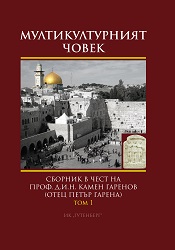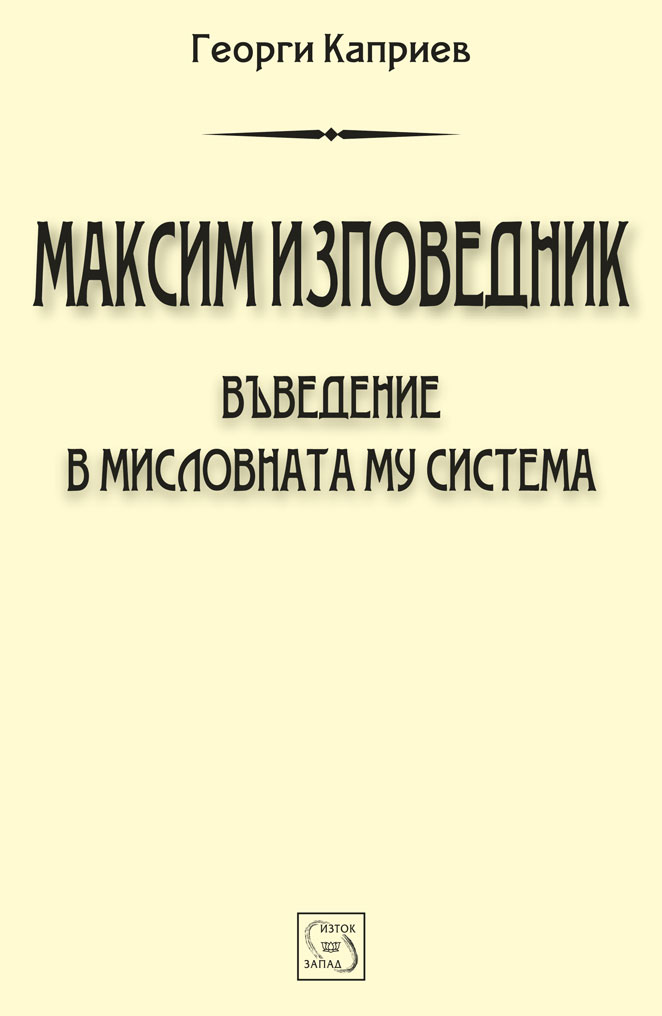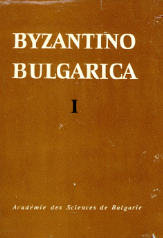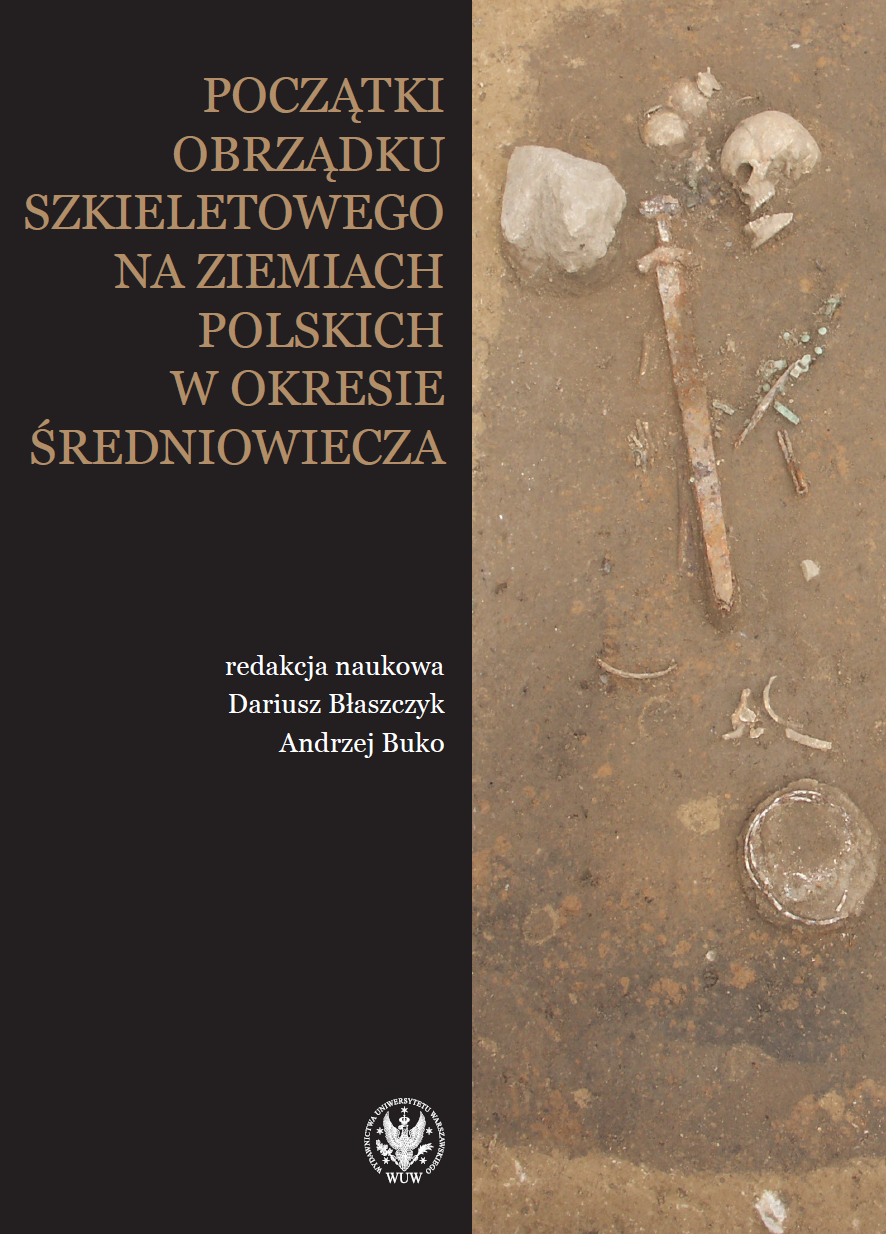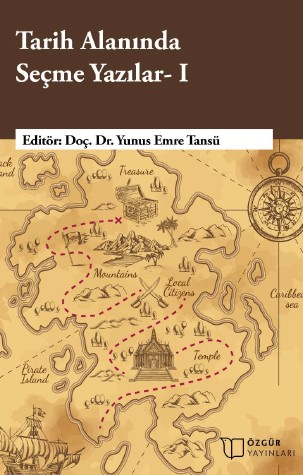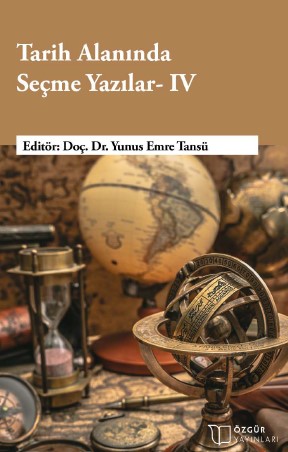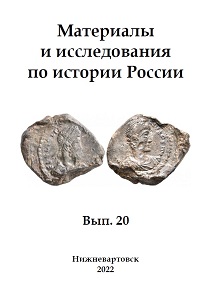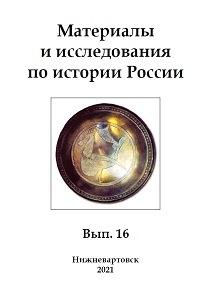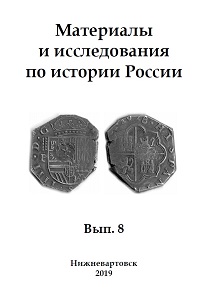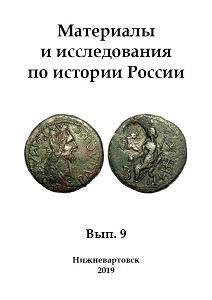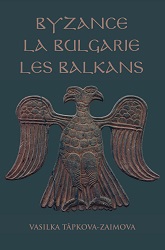
Byzance, la Bulgarie, les Balkans
The book "Byzance, la Bulgarie, les Balkans" is a collection of more than 70 selected works, devoted on the Byzantine Empire, Bulgaria and the Balkans in the Middle Ages of the eminent doyen of Byzantine and medieval studies prof. Vasilka Tapkova-Zaimova. The collection includes articles published during the period 1979-2009 and is a kind of continuation of the issued in 1979 work "Byzance et les Balkans a partir du VIe siecle" by renowned London Publishing House "Variorum Reprints".
More...
